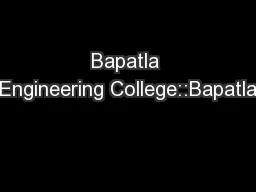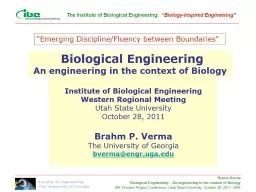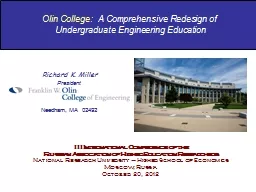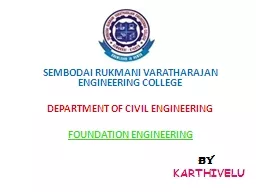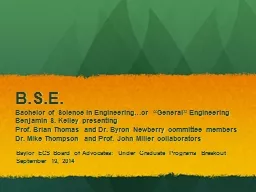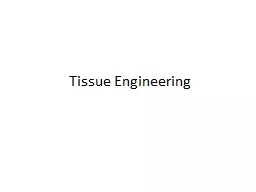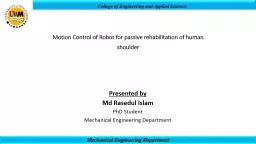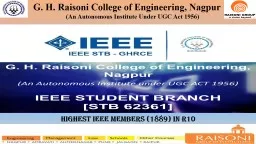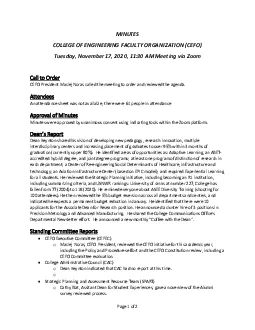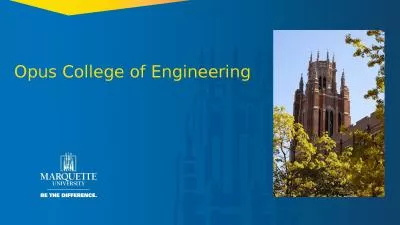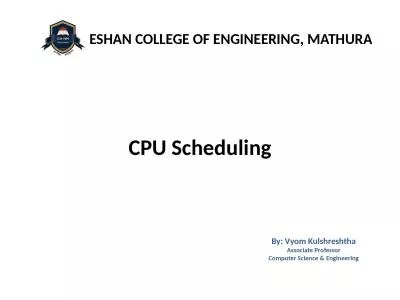PPT-SEMBODAI RUKMANI VARATHARAJAN ENGINEERING COLLEGE
Author : luanne-stotts | Published Date : 2016-09-07
SEMBODAI 614 809 DEPARTMENT OF CIVIL ENGINEERING CE 6002 CONCRETE TECHNOLOGY UNIT II CHEMICAL AND MINERAL ADMIXTURES GGUNA SRVEC 1 Admixtures are the material
Presentation Embed Code
Download Presentation
Download Presentation The PPT/PDF document "SEMBODAI RUKMANI VARATHARAJAN ENGINEERIN..." is the property of its rightful owner. Permission is granted to download and print the materials on this website for personal, non-commercial use only, and to display it on your personal computer provided you do not modify the materials and that you retain all copyright notices contained in the materials. By downloading content from our website, you accept the terms of this agreement.
SEMBODAI RUKMANI VARATHARAJAN ENGINEERING COLLEGE: Transcript
Download Rules Of Document
"SEMBODAI RUKMANI VARATHARAJAN ENGINEERING COLLEGE"The content belongs to its owner. You may download and print it for personal use, without modification, and keep all copyright notices. By downloading, you agree to these terms.
Related Documents



